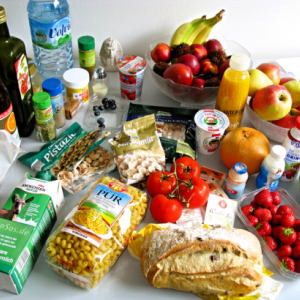
This paper explores links between lifestyles, diet and health in Italian generations X (born: 1966-1976) and Y (born 1980-2000), and compares their dietary preferences, using the years 2001 and 2011 as reference points. The researchers argue that policy needs to address specific segments of these generations more likely to eat an unhealthy diet and to focus on behaviour change through communication campaigns.
The researchers also conclude that a change in food supply can change negative dietary habits, especially if targeted at the catering sector and in general at foods with high service provision.
Abstract
The transformations in dietary habits that have occurred over recent decades draw attention to important issues concerning the relationship between lifestyles, diet and health, and open up new challenges for operators in the agricultural and food sector. This study intends to analyse these evolutions, comparing the dietary preferences of generation X in 2001 with its dietary preferences in 2011, and those of the following generation, the so-called generation Y. The analysis was conducted by applying latent class clustering to the food spending of a representative sample of Italian consumers. It has enabled us to identify the prevalent food patterns in 2001 and 2011 and to analyse their transformations, interpreting them in the light of social, cultural and economic changes. The comparison of food pattern characteristics over this period highlights the emergence of trends that move in two different directions. The first of these is the rise of a new dietary sensitivity towards a healthy diet rich in fruits, vegetables and fish. The other concerns food patterns that are more vulnerable to diseases related to an unhealthy diet. These trends should draw the attention of public operators to the need for communication campaigns that target specific segments and aim to direct food habits towards healthier behaviours. A change in supply could also help improve the diet, especially if aimed at products with a high level of service provision and at establishments that serve food. Finally, the birth of a niche of consumers particularly drawn towards healthy eating opens the way for the industry to propose a series of innovative products.
Citation
Casini, C. Contini, C. Romano, G. Scozzafava, Changes in dietary preferences: new challenges for sustainability and innovation, Journal on Chain and Network Science, DOI 10.3920/JCNS2014.x013
Read the full paper here. Read more about dietary transitions and trends in our research library.







Post a new comment »